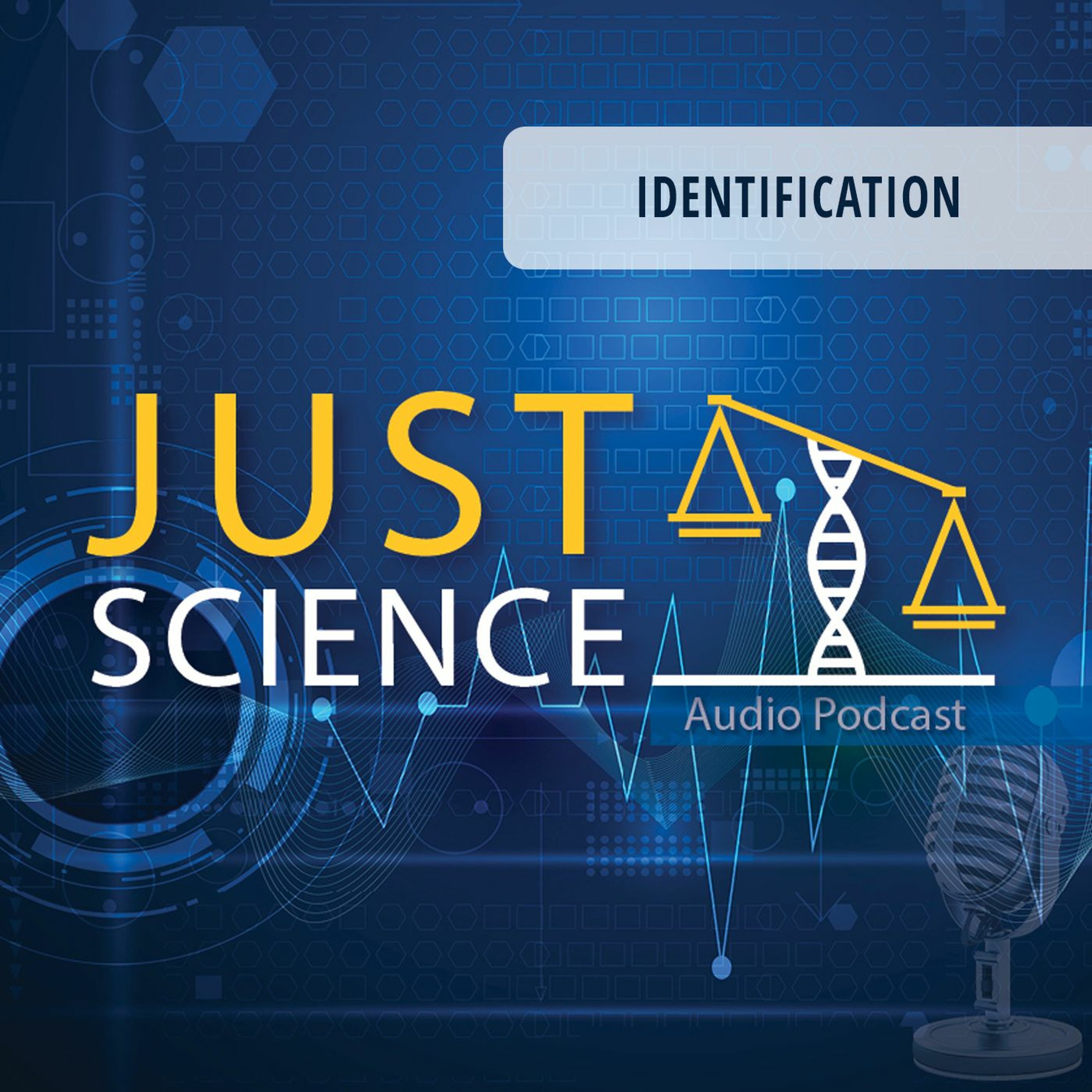Just Forensic Microanthropology_Identification_094

In episode seven of the Identification season, Just Science interviews Carlos Gutierrez, a lecturer at Chaminade University of Honolulu, about the new field of Forensic Microanthropology.\n\nAfter finding an unidentified bone, forensic anthropologists must first determine if it belonged to a human or an animal. If it\u2019s an animal bone, they can move on to other case work, but human remains require a much more involved and expensive forensic processes such as DNA testing. For developing countries these tests can be too expensive and time consuming. With limited resources and tight timelines, Carlos Gutierrez wanted to find an affordable and timely way to analyze remains and differentiate between human and animal bones. It was through this need that Forensic Microanthropology was born. Listen along as he discusses the details of Forensic Microanthropology in this episode of Just Science.\n\nThis season is funded by the National Institute of Justice\u2019s Forensic Technology Center of Excellence.